Last stop on our Alsace tour: Mulhouse. Mulhouse differs quite a bit from Strasbourg and Colmar: it’s an industrial city that is having a hard time keeping its industrial base. It doesn’t have many beautiful and historic buildings nor beautiful parks. The street on which our hotel was located was a bit gritty. But! Mulhouse has a couple amazing museums, and one little-known museum that we wanted to see, so to Mulhouse we went.
A word about the pronunciation of Mulhouse. First, in French ‘u’ often is pronounced almost as an English ‘a’, so the Mulhouse part is closer to “ma.” Then, the letter ‘h’ is never pronounced and “s” is pronounced close to the way English pronounces “z”. All this means that Mulhouse is pronounced “ma-looze.” Took us a while to get that right!
The two well-known museums are the Cité de l’Automobile, an amazing collection of cars; and the Cité de la Train, an amazing collection of railroad stuff. The little-known museum is the Musée De L’Impression Sur Etoffes. Etoffes translates as “printed fabrics;” more about etoffes below.
The Cité de l’Automobile
In the early 1900s, the Schlumpf family established a textile factory in Mulhouse. It was a huge success and the family became extraordinarily wealthy as a result. In 1961, Hans and Fritz Schlumpf were at the head of the company and decided to buy classic cars. They amassed a huge collection – some 500 cars – with the idea of opening a museum. Among the collection were some 150 Bugattis, beautiful cars built not far from Mulhouse in Molsheim, France. The brothers bought many cars in parts and formed a shop to restore them as well as many complete vehicles.
This was all great, but they spent so much that they imperiled their textile company. In 1977 the workers of the company learned of the enormous collection and the amount of money spent on it at a time the company was paying them low wages, claiming the company wasn’t making money. The workers occupied the company offices, Hans and Fritz fled to Switzerland, the company went out of business and the car collection went into limbo.
An association of automobile clubs and organizations stepped in and bought the collection, for a fraction of its value (44 million francs, worth approximately $11 million; there are two cars in the collection that today are worth about $40 million each!). A couple years later the Cité de l’Automobile opened.
I know, a picture is worth a thousand words, yada-yadda-yadda. Here ya go:
Bugatti Royales
Six Bugatti Royales were constructed between 1927 and 1933. To give you an idea of their size:
Length: 21.3 ft
Weight: 7,500 lbs
Engine size: 12.7 liters (715 cu. in.) producing 300 hp (that’s a lot for that time)
The Cité de l’Automobile has two of the original Royales. The museum was able to build a third (officially, a replica) from a spare chassis, motor and spare parts in the museum’s possession and then hand-building a body for it!
The two original Royales would likely go at auction for around $40 million each. The last time one was sold it brought $20 million – in 1999. The replica would bring much less than that, not being an actual production car.
Other interesting cars, in no particular order:
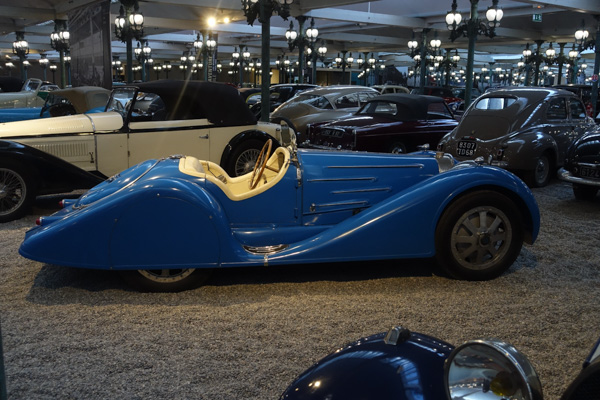
I loved the Cité de l’Automobile, but two hours there was all my brain could take, and I know it’s not a destination for most people. Honestly, though, so many of these cars are just beautiful, and seeing them in perfect sparkling condition makes this museum worth a visit if you’re in the area.
Cité de la Train
I can hear it now: “Oh, no, another Cité de la Something.” Yep, this time for trains.
The French railroad system is run by the Société Nationale des Chemins de Fer Français (SNCF), the “National Company of French Railways.” The city of Mulhouse, wanting to draw visitors to the city, donated land to SNCF to display its rolling stock – locomotives and rail cars. The museum is dedicated to the history of trains in France, and stocked with locomotives and railroad cars from the 1840s to today. It had many amazing exhibits – for example, a huge steam locomotive cut in half so the inner workings could be shown and explained.
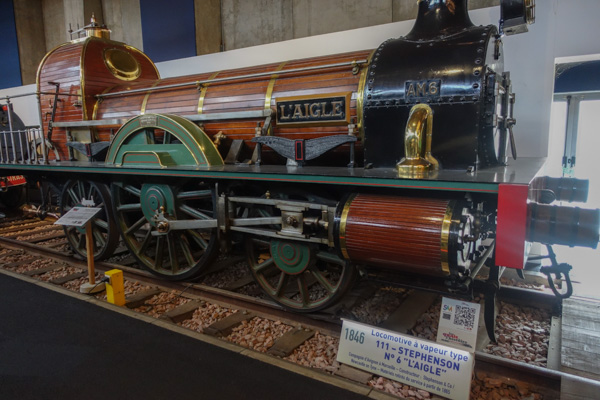
The railroad from Paris arrived in our France home base Bois-le-Roi in 1848 and when I saw this locomotive from 1850, I realized that one similar to this would have provided train service on that line. Time from Paris? Maybe 3 hours? Today: 35 minutes.
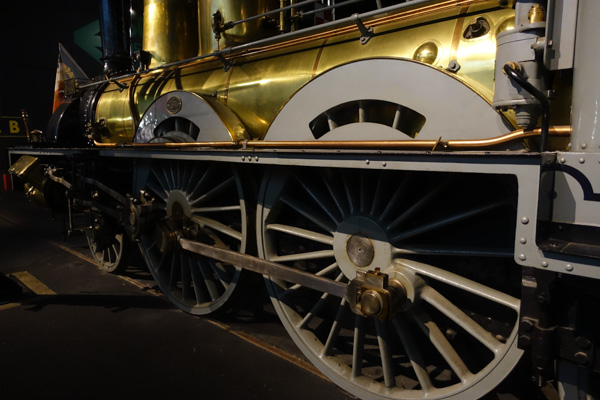
Every train and railroad car was restored to this level. Railroad locomotives beautiful? Definitely!
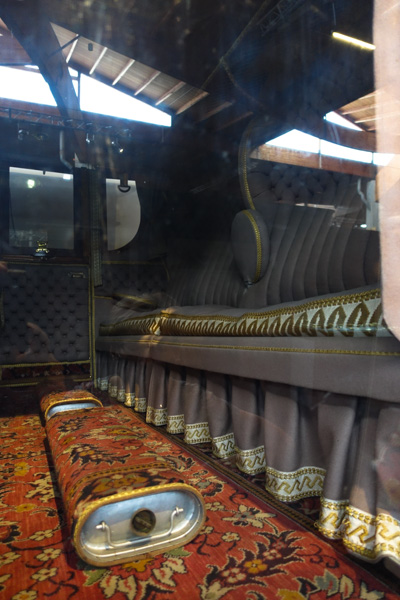
First class interior. Notice the foot rests, which held hot water to keep those first class tootsies warm.
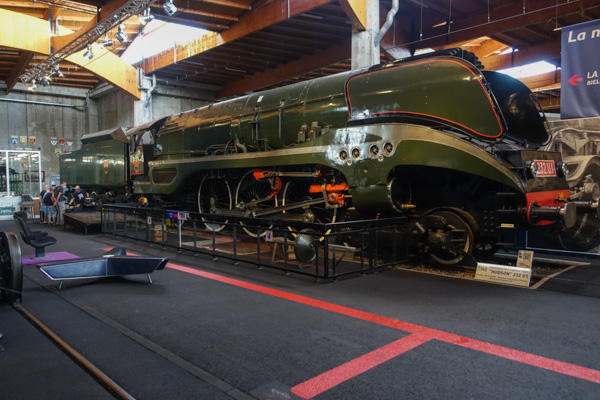
A streamlined steam locomotive. This one was set up so that it appeared to be running, with the wheels turning and all the mechanical components to-ing and fro-ing.
Another museum that’s not for everybody, but another museum we really enjoyed.
Musée de l’Impression sur Étoffes (The Museum of Printed Textiles)
Yes, indeed, there is a museum of printed textiles in Mulhouse and we went to it. And enjoyed this one, too.
Turns out that until the late 1700s, printed textiles came from India and pretty much no where else. For some reason, Mulhouse textile factories decided to muscle in on that market and started to industrialize it. Designers came and created beautiful designs, and the manufacturers developed machines to replace the done-by-hand processes. The result was astonishing: Mulhouse quickly became the capital in the world of textile printing, both in quantity and quality.
In the 1820s the manufacturers and designers formed an association that collected and preserved the designs. This became the first Musée de l’Impression sur Étoffes. Since then the museum has expanded its collection to include examples of the machines used, and excellent displays of the design and manufacturing process.
Now, for whatever reason, textiles interest me, so when Laurie learned about this museum, we immediately decided to visit. It’s a small place, so only took about an hour (plus an hour for Mary and Laurie in the museum’s shop).
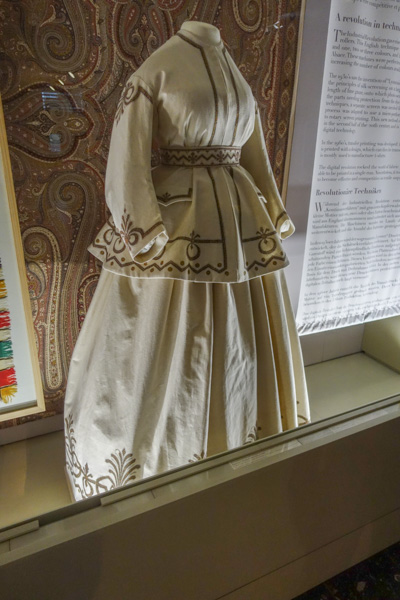
A dress with printed cloth. Before Mulhouse became dominant in this industry, such a dress would have been hand-embroidered and much more expensive.
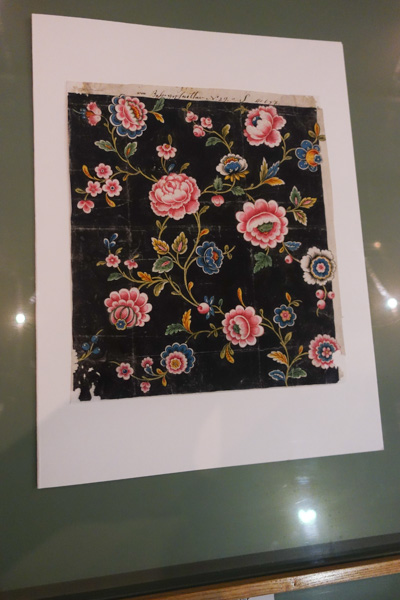
A handkerchief of printed cloth. The museum has a collection of over 6,000 printed handkerchiefs, but only a few are displayed at any time.
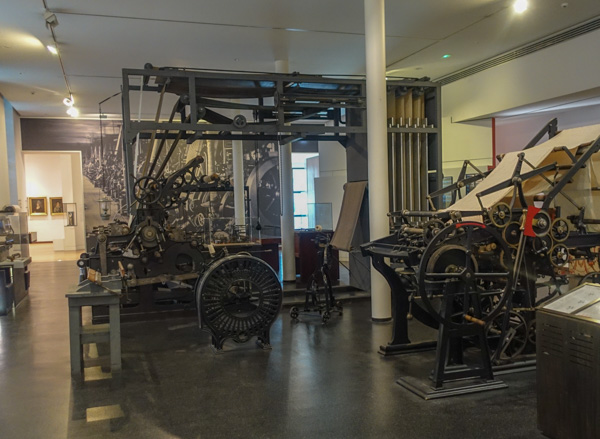
Several of the machines that mechanized the printing process. With these, manufacturers could make huge amounts of cloth.
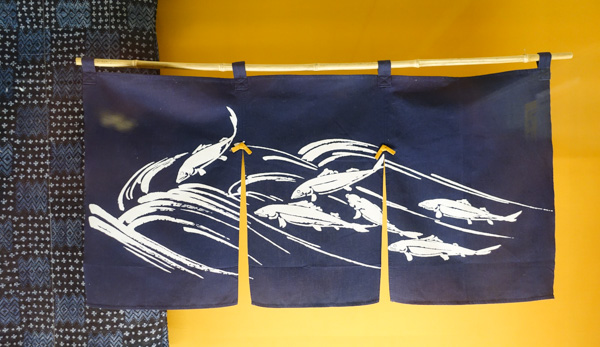
A modern design and printed cloth. Mulhouse still has a large textile industry, but it is no longer dominant.
Home!
Phew! Now you know all about our nine-day sojourn in Alsace. We were glad to return to our home base in Bois-le-Roi, but we can definitely envision a future return trip, especially to Strasbourg, which deserves a few more days than we gave it.

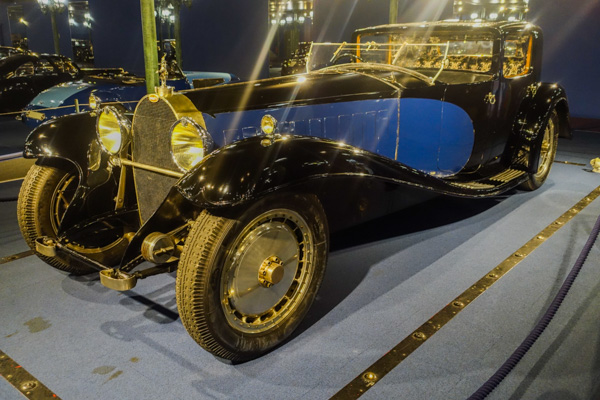
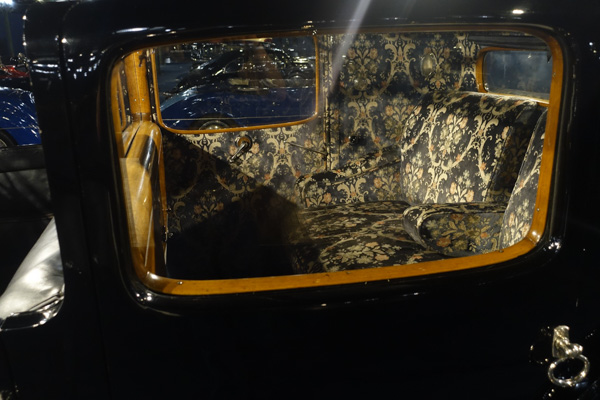
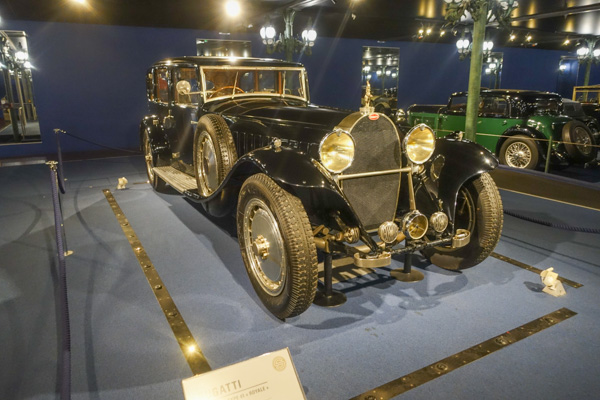
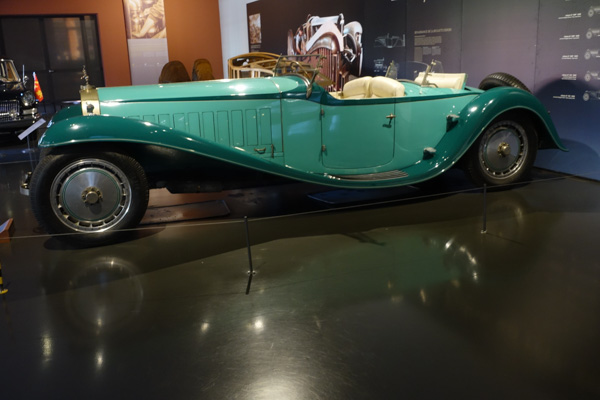
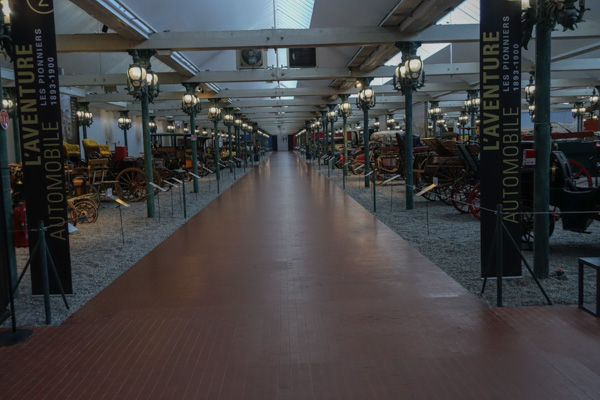
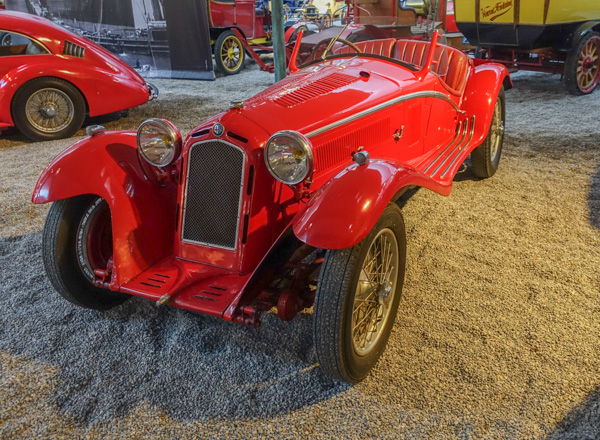
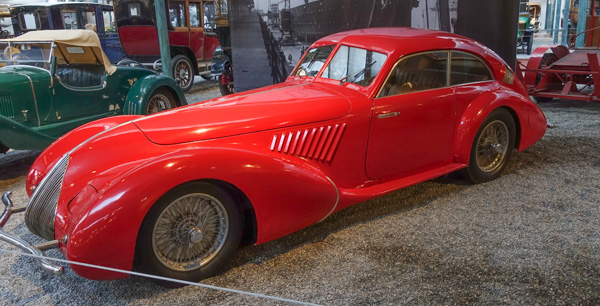
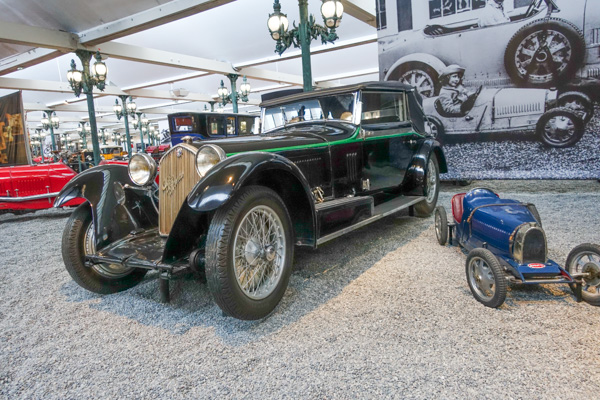
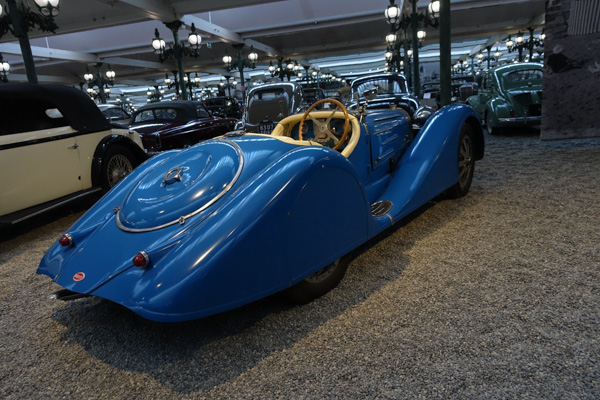
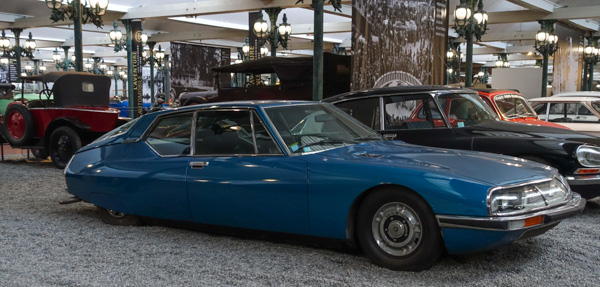
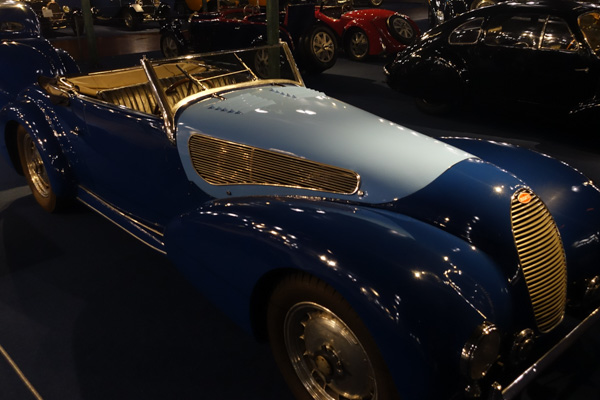
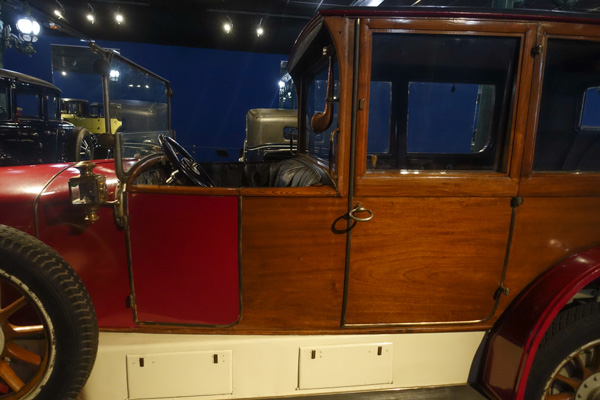
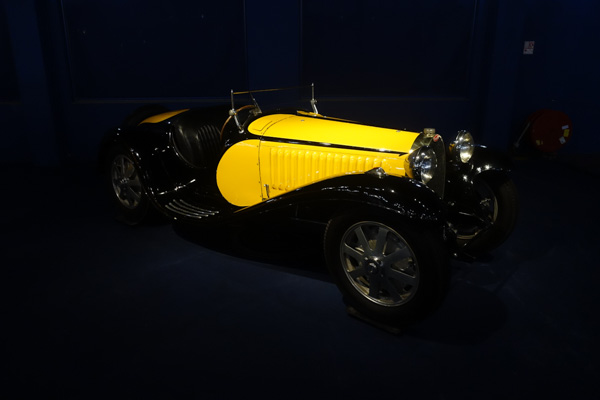
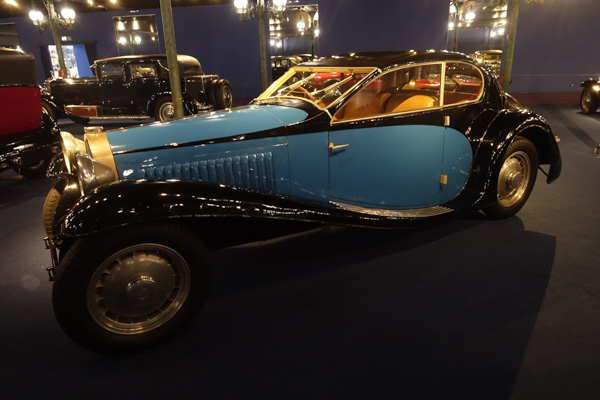
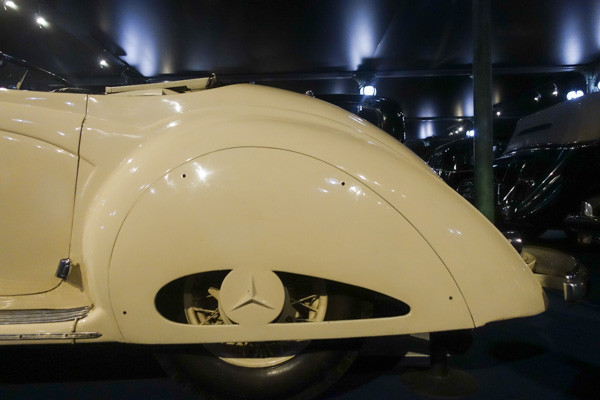
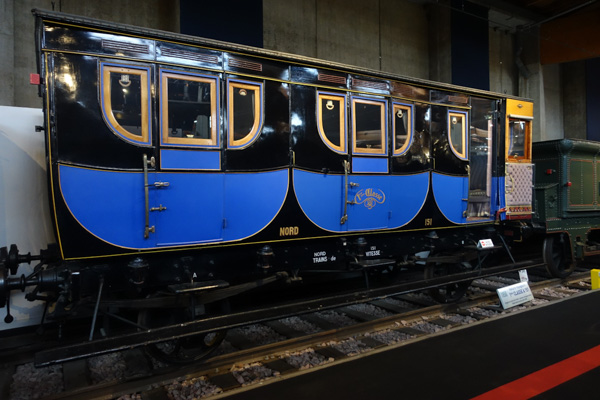
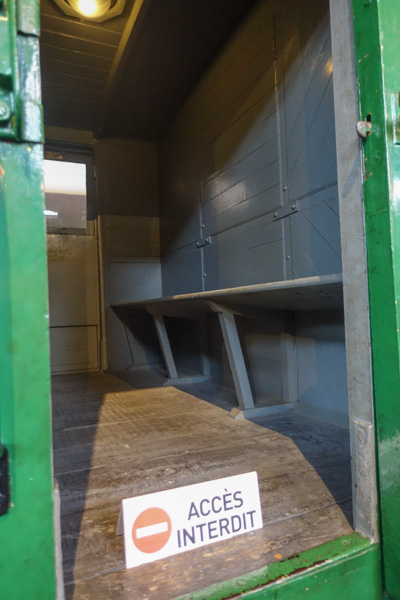
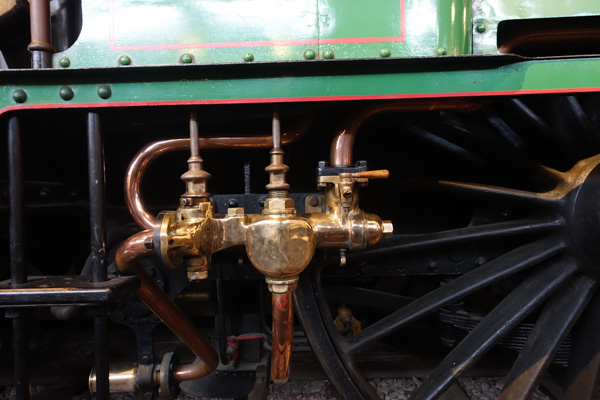
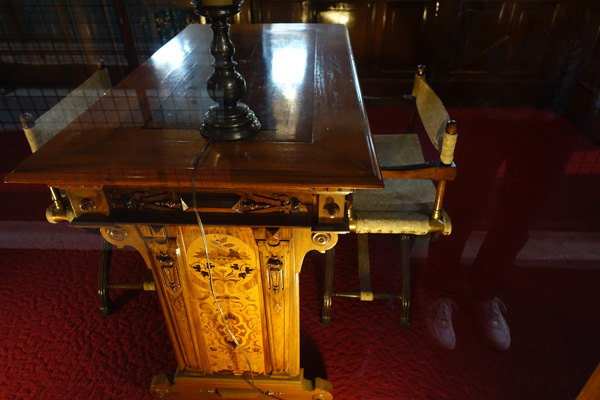
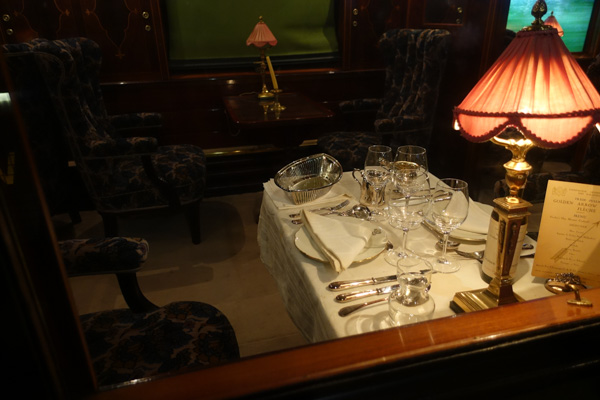
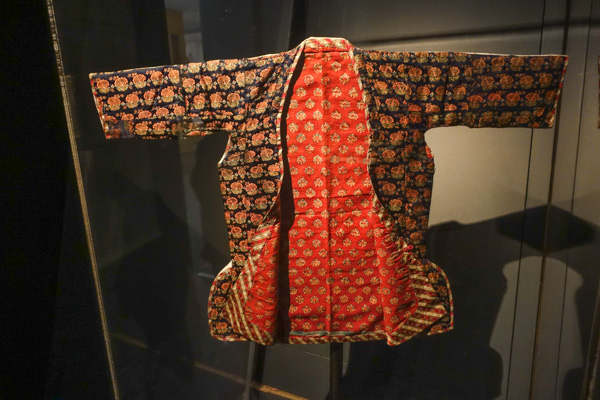
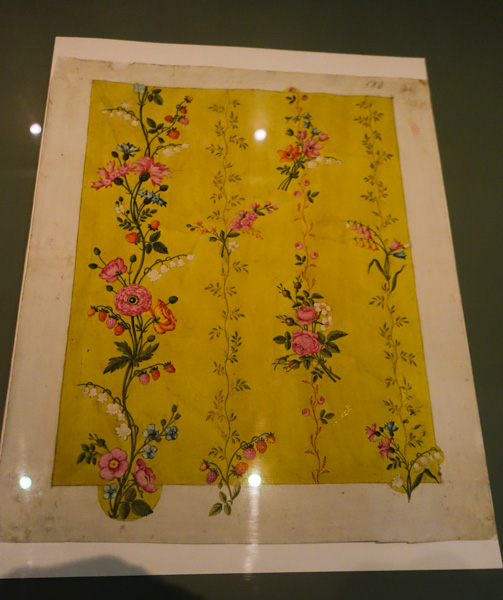
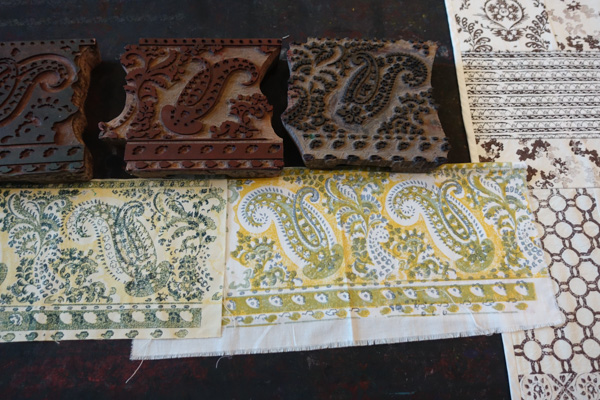
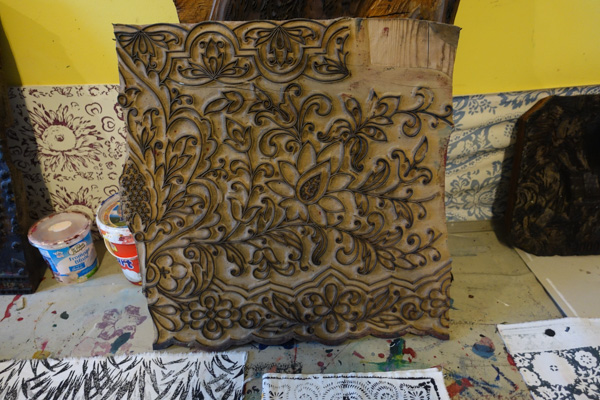
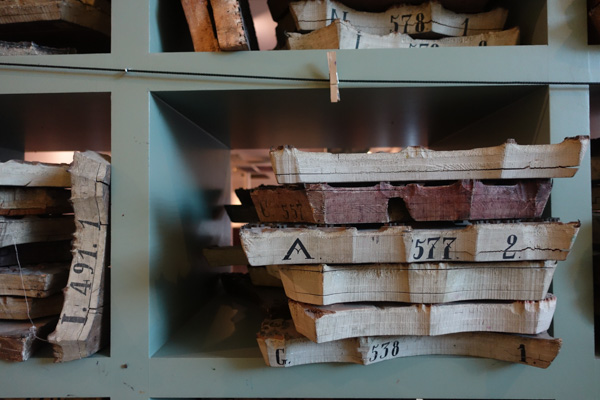
Ken made me slow down when I was scrolling through the cars! Love the idea that the train would have been through early Bois sur Roi. What an interesting jaunt you took.
The entire Alsace trip was certainly worth my browsing time. It must have been a delightful week.
John, I can see you would be in heaven with all of those beautiful, old, so well-preserved automobiles. I would enjoy seeing them but anxious to get to the textiles. 🙂